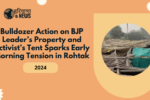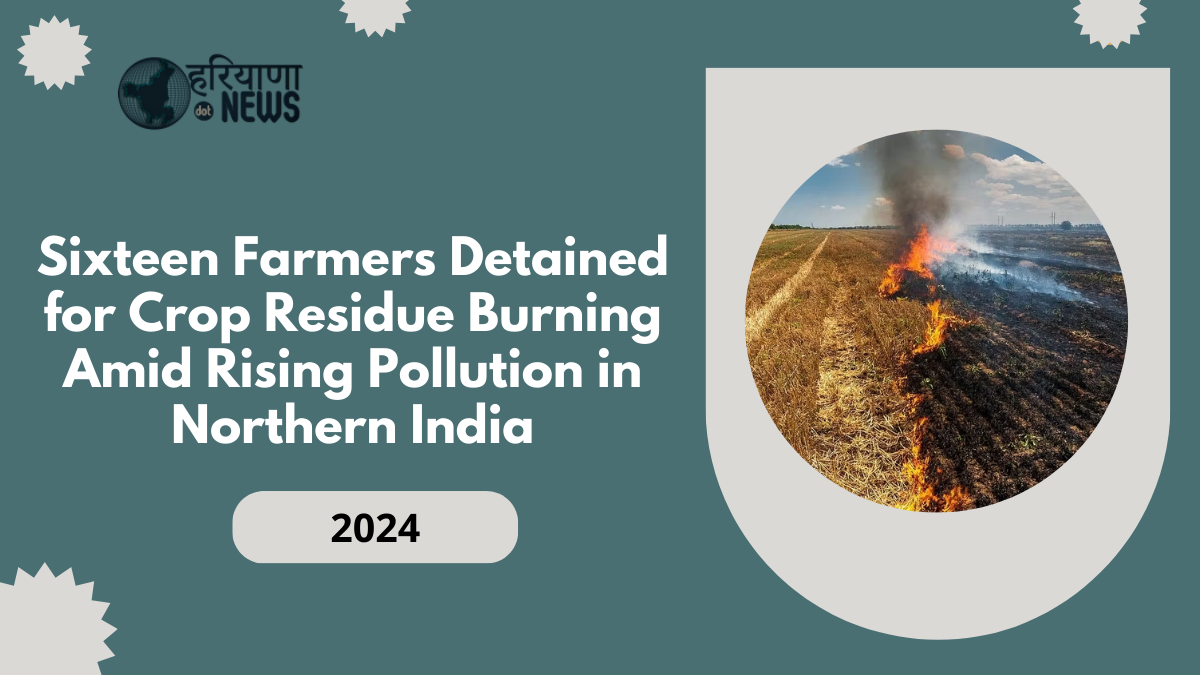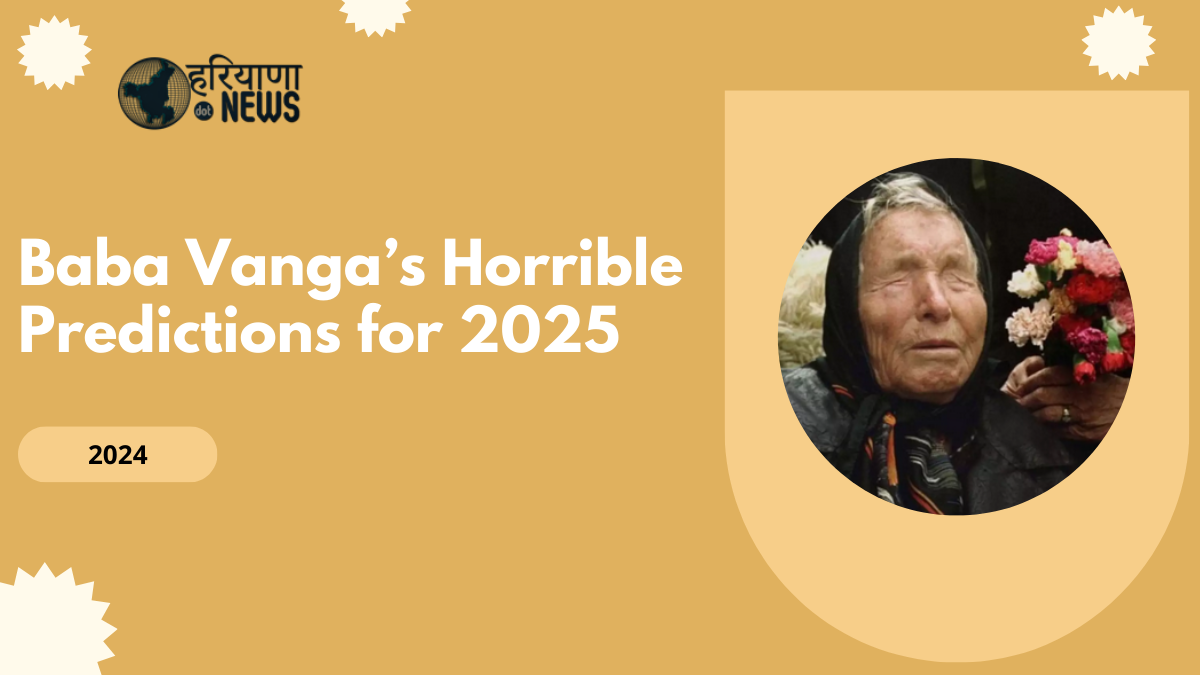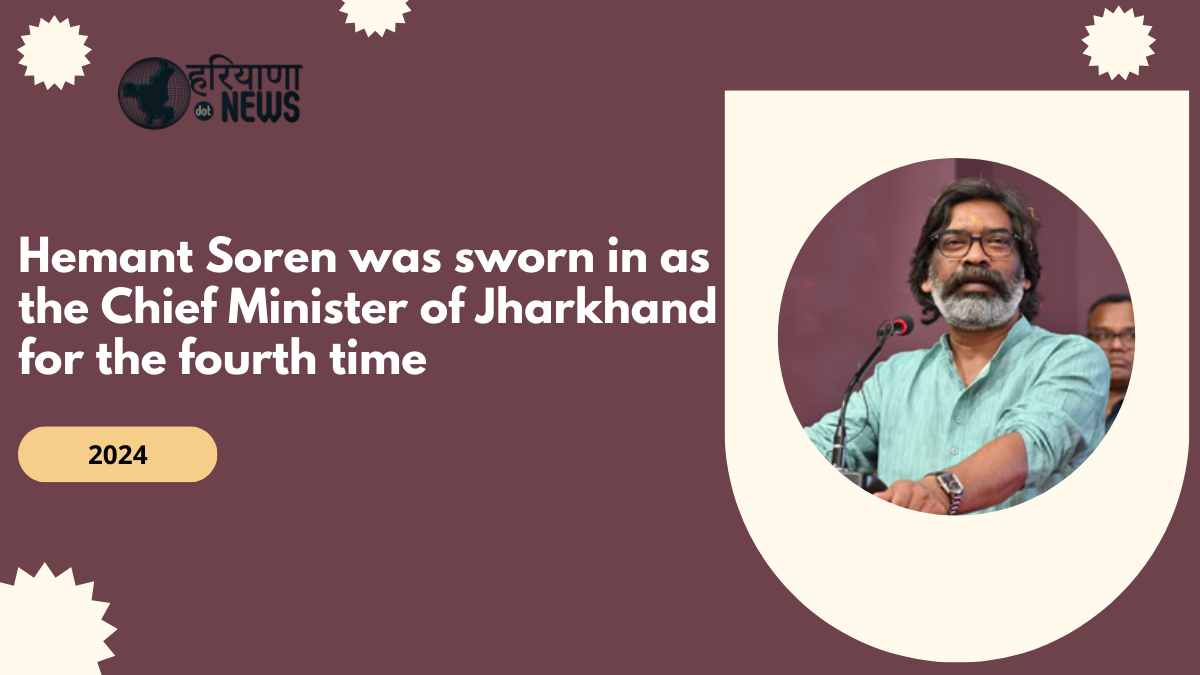Authorities have arrested at least 16 farmers in Haryana, a northern Indian state, for illegally burning rice paddy stubble to clear their fields. This practice, often used to prepare fields for the next planting season, is a significant contributor to the increasing air pollution that plagues the area around New Delhi as winter begins, according to officials on Tuesday.
Annual Pollution Crisis in Northern India
Each year, as winter approaches, the national capital region of India is enveloped by severe air pollution. Cooler temperatures lead to a build-up of cold air that traps pollutants such as dust from construction activities, vehicle emissions, and smoke. Much of the smoke originates from the neighbouring agricultural states of Punjab and Haryana, where farmers traditionally burn crop residue after harvest. Authorities have identified this as one of the critical causes of pollution in the region.
Delhi, which has held the title of the world’s most polluted capital city for four consecutive years according to Swiss air quality monitoring company IQAir, often resorts to emergency measures. In previous years, these have included temporarily closing schools and halting construction projects to manage pollution levels.
Arrests and Legal Action in Haryana
In the Kaithal district of Haryana, police reported that 22 instances of stubble burning had been recorded so far this year. Out of these, 16 farmers were arrested for their involvement in setting fire to paddy stubble. However, since the offense is bailable, those detained have been released shortly after arrest. Birbhan, a deputy superintendent of police, who only uses his first name, confirmed the arrests to Reuters.
In addition to the arrests, authorities have launched investigations into nearly 100 other farmers throughout Haryana. More than 300 farmers have also faced penalties in the form of fines, according to local media outlets. These efforts are part of the broader strategy to reduce stubble burning, which continues despite being banned.
Worsening Air Quality in Delhi
As of Tuesday morning, Delhi’s air quality was deemed “very poor,” with the Central Pollution Control Board reporting an air quality index (AQI) of 320. The AQI scale ranges from 0-500, with levels between 0-50 considered safe and anything above 400 posing severe health risks. This surge in pollution places Delhi among the most polluted cities globally.
In fact, according to real-time data from IQAir’s website, Delhi was the second-most polluted city worldwide on Tuesday, surpassed only by Lahore in Pakistan. The Indian Environment Ministry has warned that due to unfavourable weather and atmospheric conditions, the capital’s daily AQI is expected to remain in the ‘inferior’ category for the upcoming days.
Government Measures to Address Pollution
To combat the worsening pollution in Delhi, authorities have implemented several immediate measures. These include spraying water on roads to reduce dust, expanding public transportation services, and increasing parking fees to discourage the use of private vehicles. The intention behind these steps is to minimise dust and vehicular emissions, which are significant contributors to poor air quality.
 Delhi’s Toxic Air Crisis: Equivalent to Smoking 49 Cigarettes Daily
Delhi’s Toxic Air Crisis: Equivalent to Smoking 49 Cigarettes Daily
 Haryana Assembly Session Highlights: Government Announces Monthly Allowance for CET-Passed Unemployed Youths
Haryana Assembly Session Highlights: Government Announces Monthly Allowance for CET-Passed Unemployed Youths
 Bulldozer Action on BJP Leader’s Property and Activist’s Tent Sparks Early Morning Tension in Rohtak
Bulldozer Action on BJP Leader’s Property and Activist’s Tent Sparks Early Morning Tension in Rohtak
 CBI Conducts Raid in Panipat Over Multi-Crore Fraud in Online Trading Scheme
CBI Conducts Raid in Panipat Over Multi-Crore Fraud in Online Trading Scheme
 Haryana’s New Four-Lane Expressway to Link Kurukshetra Bypass, Ladwa, and Yamunanagar: CM Saini’s Plans with Gadkari
Haryana’s New Four-Lane Expressway to Link Kurukshetra Bypass, Ladwa, and Yamunanagar: CM Saini’s Plans with Gadkari





However, many environmentalists argue that these short-term responses are insufficient to address the severity of the pollution crisis.
Call for Comprehensive Long-Term Solutions
Environmental experts have voiced concerns over the reactive nature of these interventions. According to ecological activist Vimlendu Jha, the government’s current efforts are mere “emergency measures.” He emphasized that while these actions may offer temporary relief, they do not address the root causes of pollution.
Jha called for a long-term, comprehensive approach to air pollution control. This would involve better regulation of industrial emissions, improved waste management practices, and more robust support for farmers to adopt alternatives to crop burning.
Conclusion
The ongoing practice of stubble burning in northern India continues to pose a serious environmental threat, exacerbating Delhi’s already critical air quality situation. While authorities have taken steps to curb the problem by arresting farmers and imposing fines, environmentalists argue that more sustainable, long-term solutions are necessary to tackle pollution in a meaningful way. Without addressing the structural issues behind both agricultural practices and urban pollution, the annual cycle of hazardous air quality is likely to persist, endangering the health of millions.
Click here to know more.






